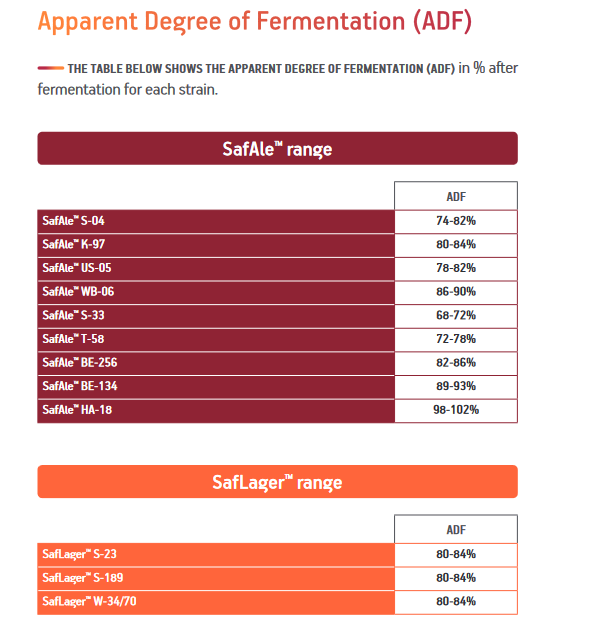I couldn't help but notice that the pre-sugar addition reported OG of 1.073 seemed awfully high for the grain bill, even in my non-native-metric-estimating brain. So I ran some numbers.
18.93 liters
0.43 kg White Wheat Malt
0.43 kg - Pale Malt (2 Row) US
2.35 kg - Wheat Dry Extract
Even at 100% mash efficiency for the malts (which of course is impossible), this would only come out to about 1.060. At a more reasonable 75% mash efficiency, we're looking at about 1.056.
So...something is off about the OG reading, or the stated recipe, or my reading comprehension. My guess would be that the reading was taken from a sample that hadn't been thoroughly mixed with the top off water.

























































